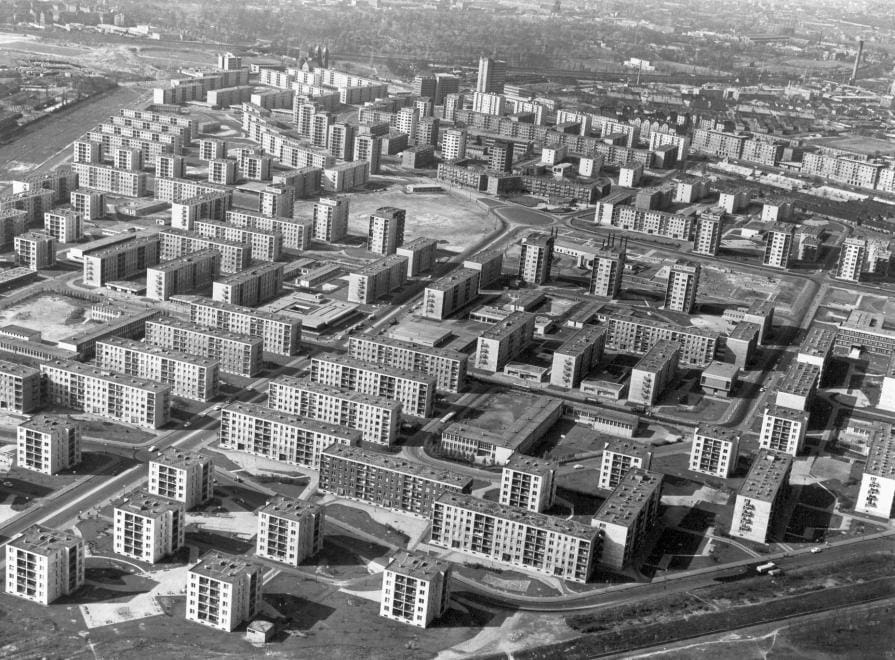In most Budapest districts, typically on the outskirts of the city, we can find those well-known, but less popular, prefabricated houses that sometimes make up entire residential areas. It is hard not to run into such edifices sooner or later if one lives in Budapest, and many wonder when and for what reason these houses were built.
In 1960, the career of prefabricated houses began with the adoption of a housing development plan, which primarily sought to eradicate the problem of the housing shortage after World War II. The ambitious programme focused primarily on quantity, rather than quality. In the 1960s, the so-called mass housing programme was launched, with the objective of constructing
1 million apartments in 15 years,
a quarter of which, 250,000 apartments, only in Budapest. Although the plan was completed by the set deadline, the construction of prefabricated houses did not stop at all, but continued until the 80s.
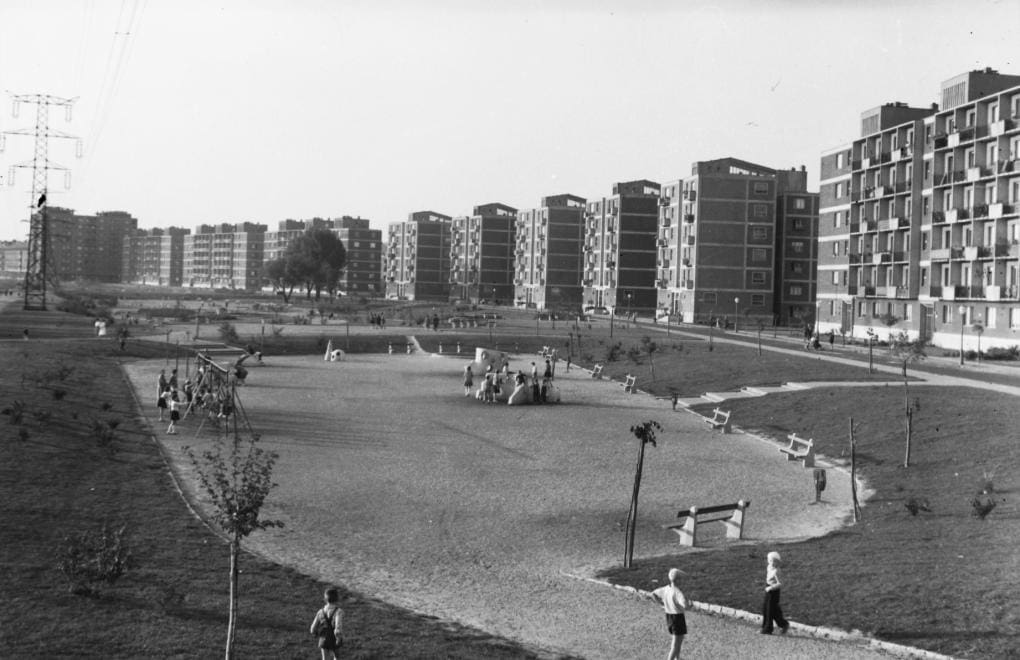
While initially more, smaller apartments were built, later it became more important to create more spacious and comfortable homes—and this change in attitude was not only characteristic of reconsidering the interior of the apartments. There was also an effort to make the neighbourhoods of the centralized and crowded housing estates more liveable with kindergartens, schools, playgrounds and various shopping centres, which obviously made them much more attractive.
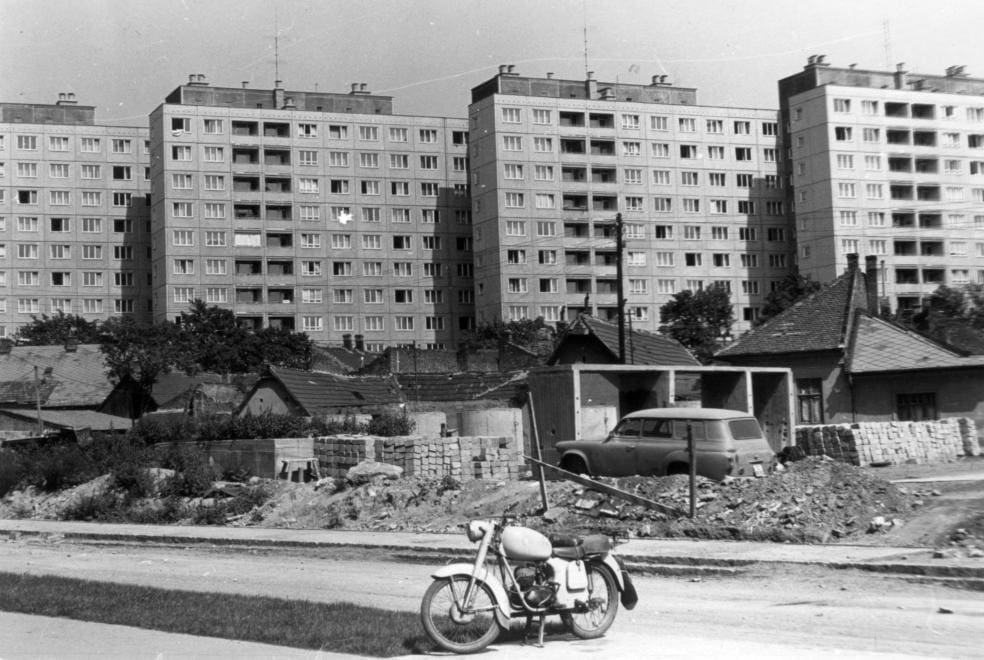
In fact, the housing programme tried to keep up with the population growth of the country’s larger cities. On the one hand, the old houses with one or, in some cases, a few storeys were insufficient to accommodate the inhabitants of urban centres. Larger cities, including Budapest, saw a massive influx of villagers who wanted to start a new life in the hope of better work and living conditions. Thus, a response to this phenomenon was essential. On the other hand, it became important to help young people and families by providing the most favourable and stable housing conditions possible. Families could avail themselves of a number of benefits and favourable loans to purchase their newly built flats.
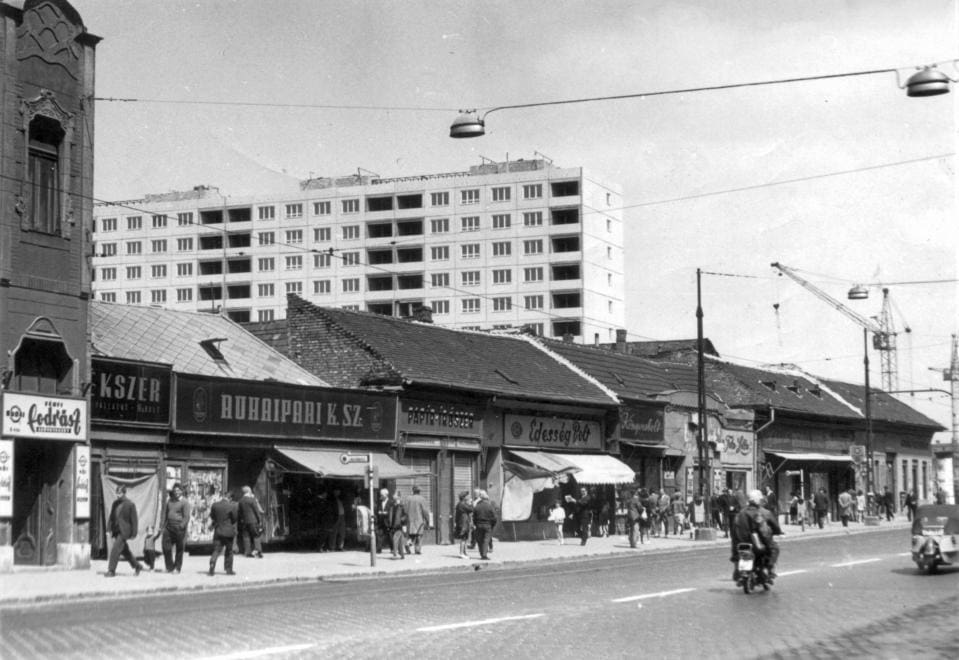
As noted above, the main motivation of the large-scale programme was to provide as many people as possible with accommodation. For example, in the vicinity of Flórián Square in Óbuda, there used to be mostly smaller houses with one or at best two storeys, which were demolished in favour of the prefabricated houses. As a matter of fact, not only houses, but streets and entire neighbourhoods disappeared as a result of the massive construction projects. However, it is indisputable that the prefabricated houses made it possible for entire generations to become homeowners, and have become an organic part of Budapest life.
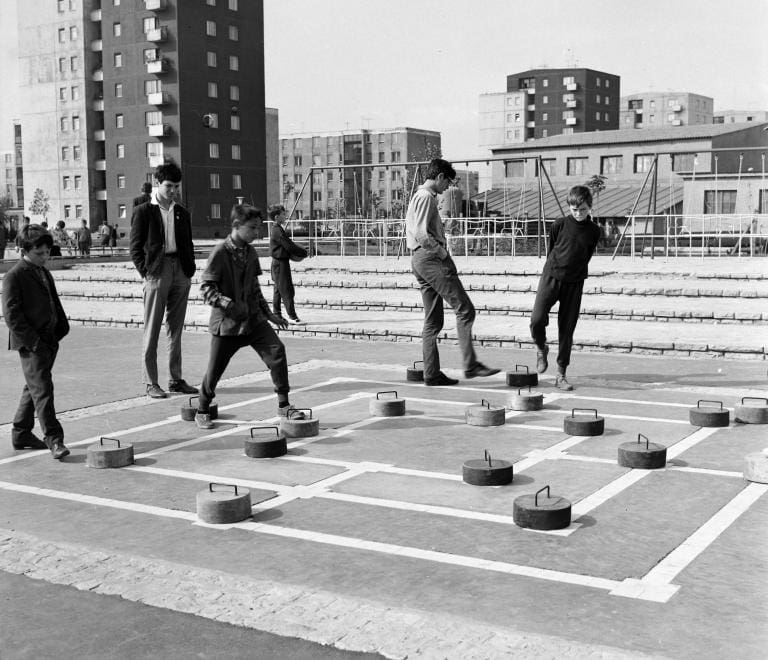
Click here to read the original article

